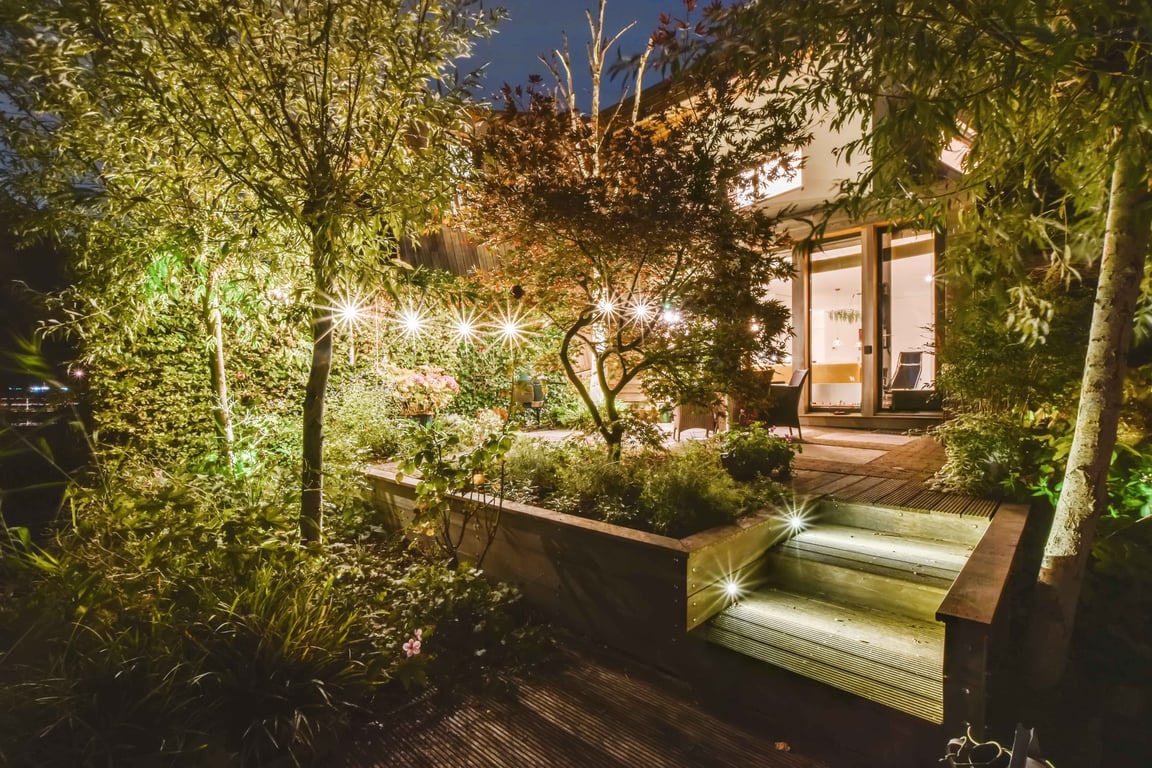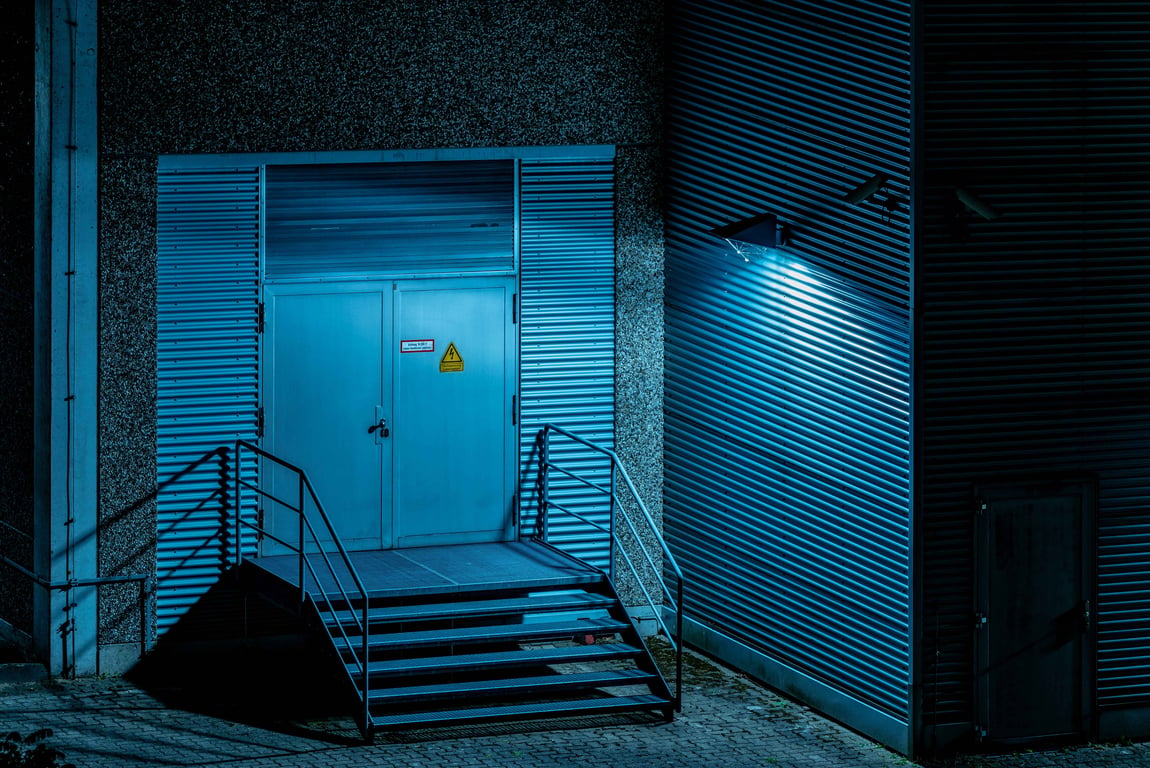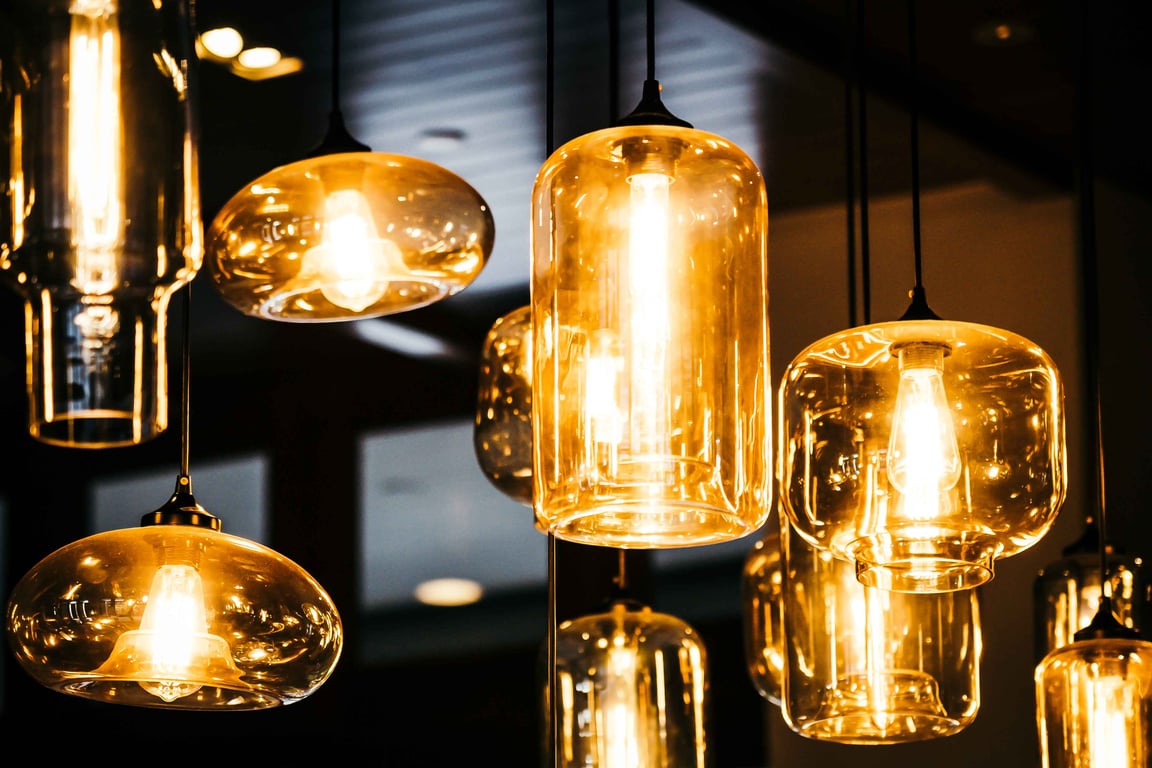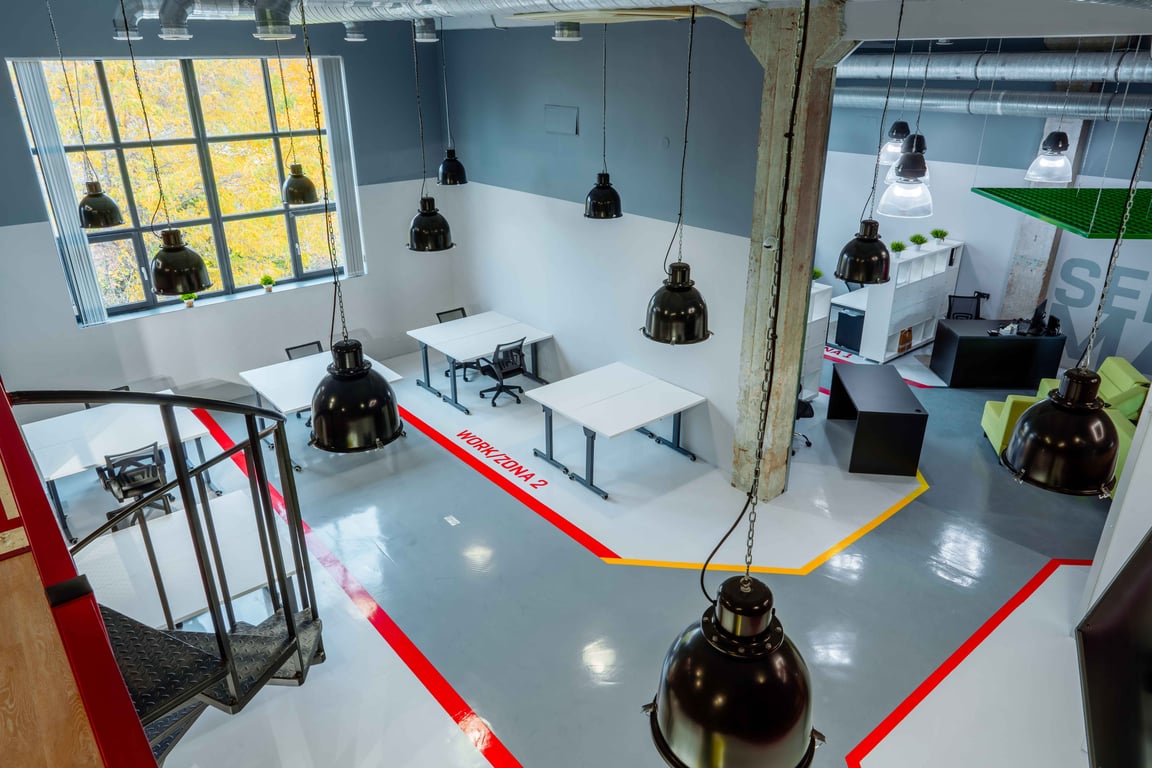





Landscape lighting serves a myriad of purposes, from enhancing curb appeal to ensuring safety and security. Finding the right balance of brightness and energy efficiency is crucial when deciding how many lumens are needed for outdoor lighting. In this blog, we will explore the factors that influence the required lumens for various outdoor spaces and provide practical guidelines to help you make informed decisions for your lighting needs.

The first step in determining the appropriate lumens for outdoor lighting is to identify the purpose of the lighting. For ambient lighting in areas like patios, a softer glow with lower lumens may suffice, creating a warm and inviting atmosphere. On the other hand, pathways and driveways may require higher lumens for better visibility and safety.
The size of the outdoor area plays a significant role in determining the lumens required. Larger spaces generally need more lumens to ensure even illumination. A general rule of thumb is to use 10-20 lumens per square foot for ambient lighting and up to 30 lumens per square foot for task or security lighting.

For outdoor security lighting, higher lumens are often preferred to deter potential intruders and provide clear visibility. Bright lights in the range of 700 to 1300 lumens are commonly used for security purposes. However, it is essential to strike a balance, as overly bright lights may cause light pollution and disturb neighbors.

Different outdoor fixtures accommodate various lumen outputs. LED lights have become a popular choice for landscape lighting due to their energy efficiency and longevity. A 9-watt LED bulb can produce around 800 lumens, making it an ideal choice for many outdoor applications.

Landscape lighting can be divided into three zones, uplighting, downlighting, and cross-lighting. Uplighting involves directing light upward, creating a dramatic effect with fewer lumens. Downlighting uses fixtures mounted higher up to cast light downward, often requiring higher lumens for sufficient coverage. Cross-lighting involves using multiple light sources to illuminate from various angles, ensuring uniform brightness.
Choosing the right lumens for landscape lighting is essential for creating an aesthetically pleasing and safe environment.
Do you consider the function or aesthetic needs when purchasing your landscape lighting? Good thing you can have both.